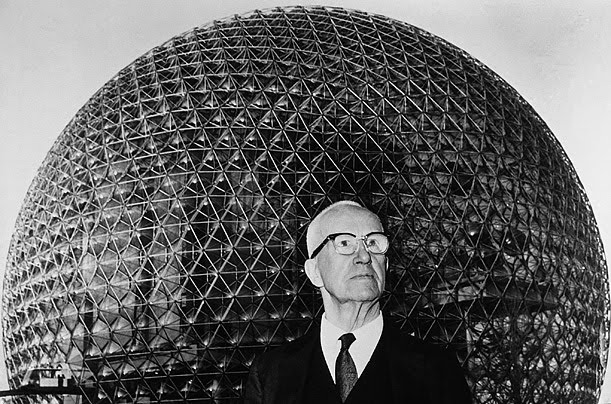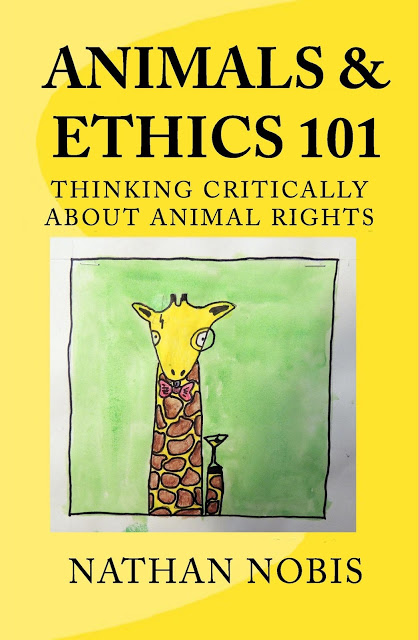All of us instinctively respond to stories. This has both positive and negative effects, but if we don’t understand it about ourselves, we’ve won’t fully understand why people believe what they believe and do what they do. Even given the deep human attachment to narrative, can we clearly explain what a story is, or how to tell one? Acclaimed author George Saunders has given the subject a great deal of thought, some of which he lets us in on in the short film above, which Josh Jones previously wrote about here on Open Culture. “A good story,” he tells us, says “at many different levels, ‘We’re both human beings. We’re in this crazy situation called life that we don’t really understand. Can we put our heads together and confer about it at a very high, non-bullshitty level?’ ”
At this point in his career, Saunders has tried out that approach to story using numerous different techniques and in a variety of different contexts, most recently in his new novel Lincoln in the Bardo, which takes place in the aftermath of the assassination of the titular sixteenth President of the United States. Few living creators understand the appeal of American history as a trove of story material better than Ken Burns, author of long-form documentaries like Jazz, Baseball, and The Civil War, who finds that its “good guys have serious flaws and the villains are very compelling.”
And though he ostensibly works with only the facts, he acknowledges that “all story is manipulation,” some of it desirable manipulation and some of it not so much, with the challenge of telling the difference falling to the storyteller himself.
“The common story,” Burns says, “is ‘one plus one equals two.’ We get it. But all stories — the real, genuine stories — are about one and one equaling three.” Where his mathematical formula for storytelling emphasizes the importance of the unexpected, the one offered by Andrew Stanton, director of Pixar films like Finding Nemo, WALL‑E, and John Carter, emphasizes the importance of a “well-organized absence of information.” In the TED Talk just above (which opens with a potentially NSFW joke), he suggests always giving the audience “two plus two” instead of four, encouraging the audience to do the satisfying work of putting the details of the story together themselves while never letting them realize they’re doing any work at all.
“Drama is anticipation mingled with uncertainty,” said the playwright William Archer. Stanton quotes it in his talk, and the notion also seems to underlie the views on storytelling held by This American Life creator Ira Glass. In the interview above, he describes the process of telling a story as recounting a sequence of actions, of course, but also continually throwing out questions and answering them all along the way, oscillating between actions in the story and moments of reflection on those actions which cast a little light on their meaning — a form surely familiar to anyone who’s heard so much as a segment of his radio show. And how do you become as skilled as he and his team at telling stories? Do what he did: tell a huge number of them, telling and telling and telling until you develop the killer instinct to mercilessly separate the truly compelling ones from the rest.
Glass illustrates the benefits of his lessons by playing some tape of a news report he produced early in his career, highlighting all the ways in which he failed to tell its story properly. He turned out to be cut out for something slightly different than straight-up reporting, a job of which reporters like Scott Simon of National Public Radio’s Weekend Edition have made an art. Simon takes his storytelling process apart in three and a half minutes in the video just above: beyond providing such essentials as a strong beginning, vivid details, and a point listeners can take away, he says, you’ve also got to consider the way you deliver the whole package. Ideally, you’ll tell your story in “short, breathable sections,” which creates an overall rhythm for the audience to follow, whether they’re sitting on the barstool beside you or tuned in on the other side of the world.
What else does a good story need? Conflict. Tension. The feeling of “seeing two opposing forces collide.” Honesty. Grace. The ring of truth. All these qualities and more come up in the Atlantic’s “Big Question” video above, which asks a variety of notables to name the most important element of a good story. Responders include House of Cards writer and producer Beau Willimon, The Moth artistic director Catherine Burns, PBS president Paula Kerger, and former Disney CEO Michael Eisner. Since humans have told stories since we first began, as Saunders put it, conferring about this crazy situation called life, all manner of storytelling rules, tips, and tricks have come and gone, but the core principles have remained the same. As to whether we now understand life any better… well, isn’t that one of those unanswered questions that keeps us on the edge of our seats?
Related Content:
George Saunders Demystifies the Art of Storytelling in a Short Animated Documentary
Ira Glass, the Host of This American Life, Breaks Down the Fine Art of Storytelling
Ken Burns on the Art of Storytelling: “It’s Lying Twenty-Four Times a Second”
Kurt Vonnegut’s 8 Tips on How to Write a Good Short Story
Kurt Vonnegut Diagrams the Shape of All Stories in a Master’s Thesis Rejected by U. Chicago
Pixar & Khan Academy Offer a Free Online Course on Storytelling
John Berger (RIP) and Susan Sontag Take Us Inside the Art of Storytelling (1983)
Based in Seoul, Colin Marshall writes and broadcasts on cities and culture. He’s at work on a book about Los Angeles, A Los Angeles Primer, the video series The City in Cinema, the crowdfunded journalism project Where Is the City of the Future?, and the Los Angeles Review of Books’ Korea Blog. Follow him on Twitter at @colinmarshall or on Facebook.





